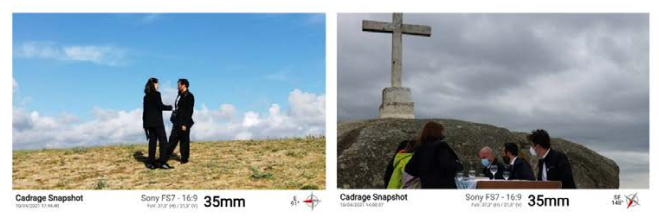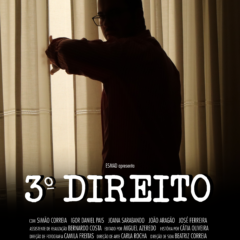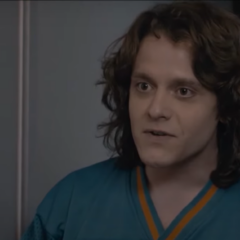Autoria
Débora Susana Mendes Gonçalves
Orientador(es)
Filipe Martins
Pedro Azevedo
Ano
2021
Curso
Mestrado em Comunicação Audiovisual – Fotografia e Cinema Documental
Resumo
PT
O ensaio aqui desenvolvido resulta de um raciocínio circular em torno de três questões. A primeira “O que é a morte?”, seguida por: “Porque é que devemos pensar na Morte?”, “Como é que devemos representar a morte?” A morte é o grande enigma da humanidade, e para nenhuma das questões existe uma resposta efetiva, e, por isso, ao longo deste ensaio são apresentadas apenas sugestões que podem guiar a uma possível resolução. Na primeira parte as tentativas de reposta baseiam-se no conceito Memento Mori. Desde a resposta filosófica dada na obra Fédon de Platão, à análise de algumas pinturas de Caravaggio e Jacques-Louis David, é possível depreender a morte como uma inevitabilidade que compreende uma profunda motivação artística. No cinema, o interesse foi motivado pela filmografia do realizador sueco, Roy Andersson, que de modo ímpar sugere uma análise de todas as questões, e inspirou o desenvolvimento da curta-metragem A Felicidade e Coisas Mórbidas, cujo processo criativo é motivo de reflexão na segunda parte do ensaio.
EN
The essay developed here results from circular reasoning around three questions. The first “What is death?”, followed by: “Why should we think about Death?”, “How should we represent death?” Death is the great enigma of humanity, and none of the questions has an effective answer, and, therefore, throughout this essay, there is the only probability that can guide to a possible resolution. In the first part how the definition of response is based on the Memento Mori concept. From the philosophical answer given in Plato’s Phaedo to the analysis of some paintings by Caravaggio and Jacques-Louis David, it is possible to understand death as an inevitability that comprises a profound artistic motivation. In cinema, the interest was motivated by the filmography of the Swedish director, Roy Andersson, who is an incomparable way analysis of all the issues, and inspired the development of the short film A Felicidade e Coisas Mórbidas, whose creative process is a reason for reflection in the second part of the essay.












